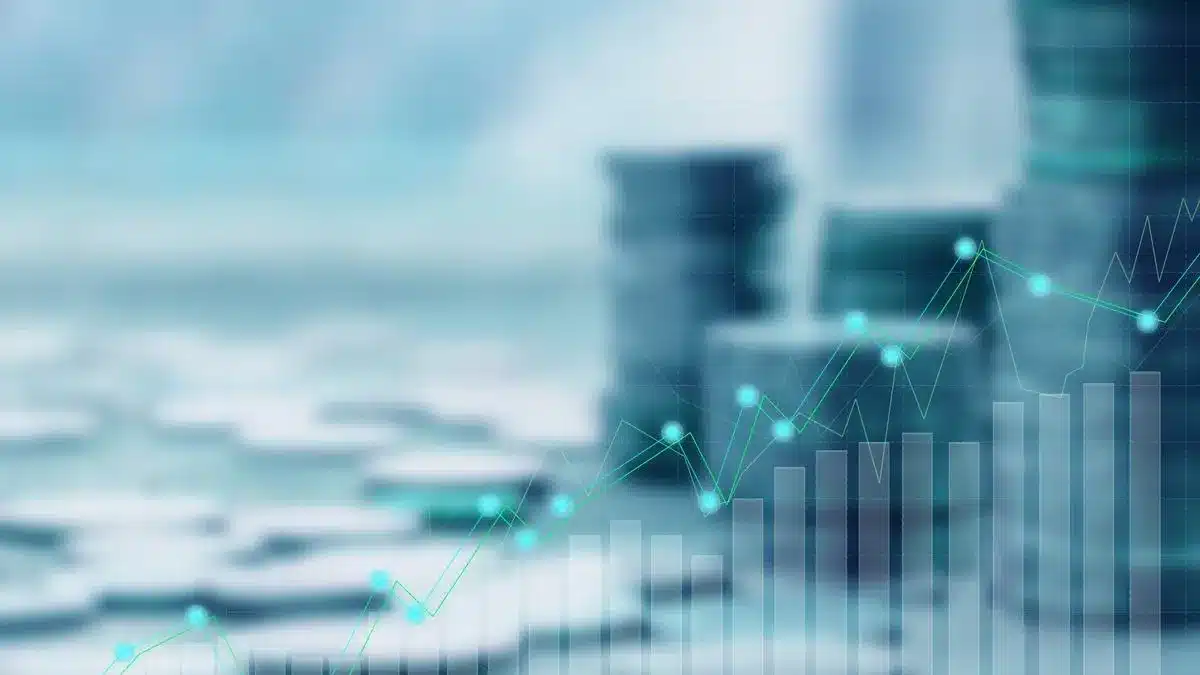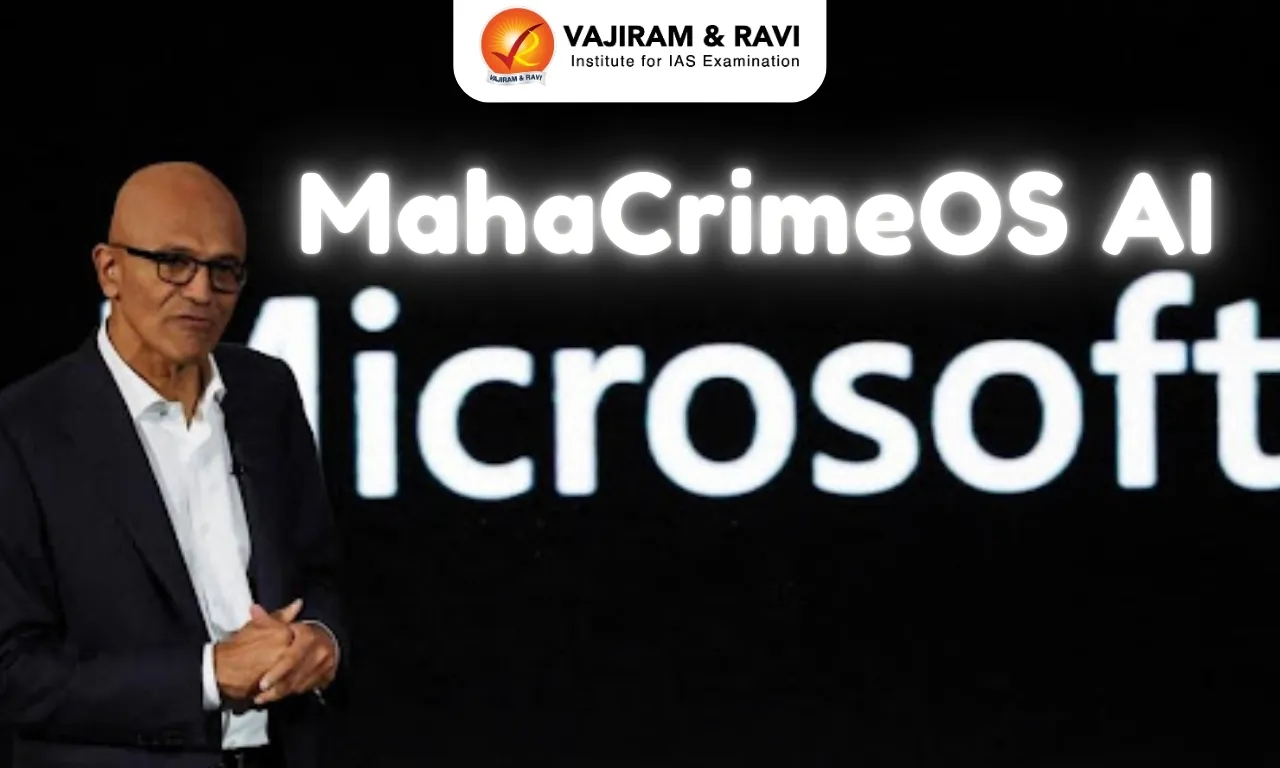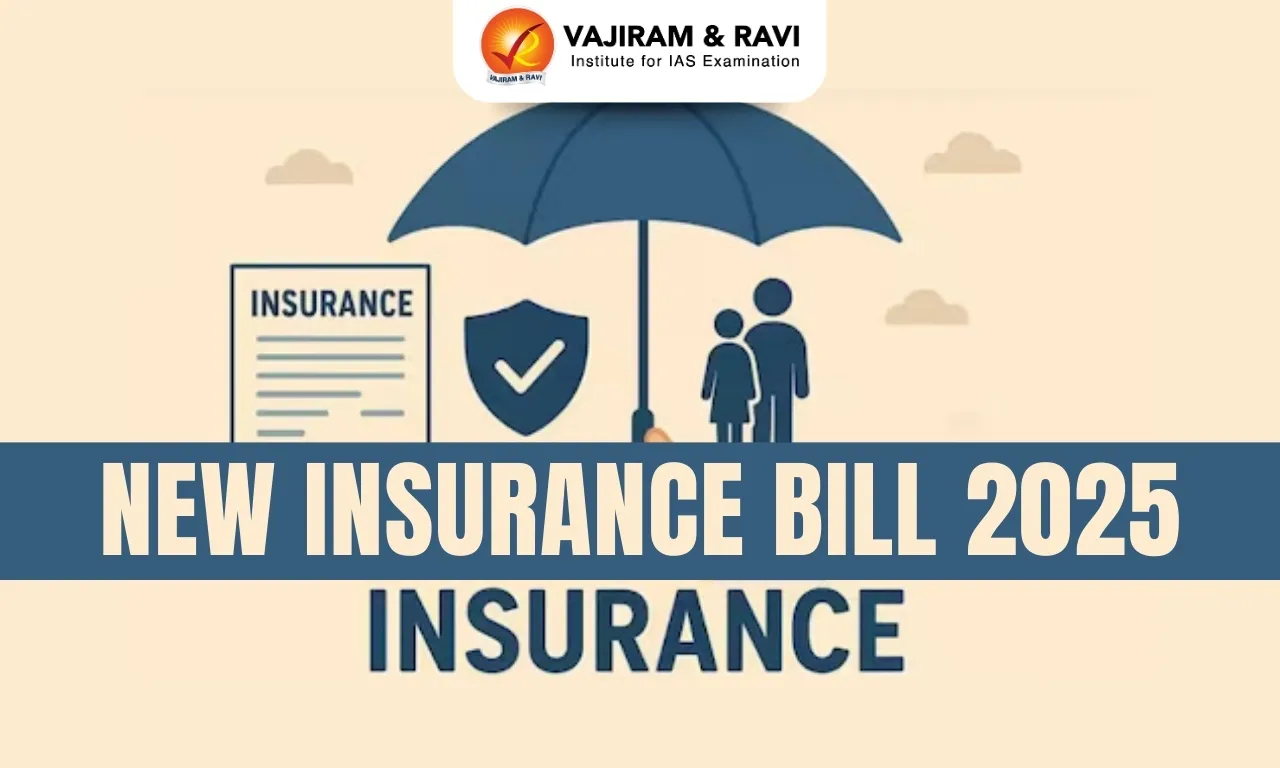What’s in today’s article?
- Introduction
- What is the Middle-Income Trap?
- Lessons from Other Economies
- Challenges for India
- Strategies for India’s Transition
- Conclusion
Introduction
- The World Development Report 2024, published by the World Bank, highlights the challenge of the middle-income trap, where countries experience a slowdown in growth as they reach higher income levels.
- The report identifies the 3i approach—investment, infusion, and innovation—as essential strategies for countries aiming to transition from middle-income to high-income status.
- This approach requires dynamic state policies, particularly relevant to India’s ambitions for sustainable economic growth.
What is the Middle-Income Trap?
- The middle-income trap refers to the stagnation of per capita income growth when economies reach around 11% of the U.S. per capita income.
- This phenomenon hinders further progress toward high-income status.
- Global Scenario: Over the last 34 years, only 34 middle-income economies have successfully transitioned to high-income levels, emphasizing the difficulty of escaping this trap.
Lessons from Other Economies
- South Korea:
- State-Driven Growth: South Korea’s escape from the middle-income trap was characterized by a strong state intervention model. The government actively directed private sector activities, focusing on export-driven growth.
- Supportive Policies: Successful companies were rewarded with access to new technologies, while underperforming firms were allowed to fail. This approach ensured that state resources were efficiently allocated.
- Role of Chaebols: South Korean business conglomerates, or chaebols, became global leaders in innovation due to their emphasis on investment and technology adoption.
- Chile:
- Natural Resource Focus: Chile’s growth was facilitated through targeted state support for natural resource sectors, such as the salmon industry.
- Export Strategy: The Chilean government ensured the success of specific export sectors through intervention and support, helping the country to climb up the income ladder.
- European Union’s Role:
- Most European countries that escaped the middle-income trap benefited from EU membership, which facilitated free movement of capital and labor—advantages that are not available to non-European nations.
Challenges for India
- Global Economic Headwinds:
- The global economic environment has changed significantly since the time of South Korea’s rapid growth. Today, world export growth has slowed, and protectionism is on the rise, making it difficult for countries like India to access foreign markets.
- India also faces the challenge of premature deindustrialization, where the contribution of manufacturing to GDP declines at lower levels of income than seen historically.
- Stagnation in the Manufacturing Sector:
- Despite India’s push for industrial growth, the manufacturing sector has struggled to become a robust engine of economic expansion.
- This has been exacerbated by increased reliance on agricultural employment following the pandemic, reversing earlier progress in structural transformation.
- Income Disparity and Low Wage Growth:
- While India’s GDP growth has been estimated at around 7% recently, this growth is not reflected in real wage increases.
- Data from the Periodic Labour Force Survey (PLFS) shows that nominal wage growth has been around 5-7%, barely keeping up with inflation.
- Low wage growth means that consumption demand remains weak, which could hinder India’s ability to escape the middle-income trap.
- Challenges of Democracy:
- Unlike South Korea and Chile, whose export-driven growth models were facilitated by authoritarian regimes, India operates within a democratic framework.
- This makes it crucial to balance state intervention with democratic principles, such as labor rights and freedom of expression.
Strategies for India’s Transition
- Leveraging Investment and Innovation:
- India needs to focus on enhancing domestic investment and fostering an environment conducive to innovation.
- This includes supporting startups, tech companies, and research and development.
- Encouraging Responsible Business Practices:
- For India to follow a path similar to South Korea’s, it is vital to ensure that state support is based on merit and performance rather than political connections.
- This will ensure efficient allocation of resources and avoid crony capitalism.
- Strengthening the Service Sector:
- With manufacturing facing challenges, India’s service sector has the potential to be a key driver of growth.
- It is essential to enhance the productivity and global competitiveness of IT services, healthcare, education, and financial services.
- Inclusive Economic Growth:
- Addressing income inequality and ensuring that workers share in economic growth is critical.
- Policies aimed at improving social safety nets and educational opportunities can empower more people to participate in India’s growth story.
Conclusion
- India’s journey towards escaping the middle-income trap is fraught with challenges, from global economic shifts to domestic structural issues.
- However, by adopting a balanced approach that combines state intervention, investment in innovation, and adherence to democratic values, India can chart a path towards sustainable high-income status.
- Examples of countries like South Korea and Chile offer valuable lessons, but India must tailor these lessons to suit its unique economic and political context.
Q1. When was the World Bank established?
The World Bank was established in 1944 to help rebuild Europe and Japan after World War II. Its official name was the International Bank for Reconstruction and Development (IBRD). When it first began operations in 1946, it had 38 members. Today, most of the countries in the world are members.
Q2. What is the meaning of a Developing Country?
According to the UN, a developing country is a country with a relatively low standard of living, undeveloped industrial base, and moderate to low Human Development Index (HDI). This index is a comparative measure of poverty, literacy, education, life expectancy, and other factors for countries worldwide.
Source: Can India escape middle-income trap?
Last updated on December, 2025
→ Check out the latest UPSC Syllabus 2026 here.
→ Join Vajiram & Ravi’s Interview Guidance Programme for expert help to crack your final UPSC stage.
→ UPSC Mains Result 2025 is now out.
→ UPSC Notification 2026 is scheduled to be released on January 14, 2026.
→ UPSC Calendar 2026 is released on 15th May, 2025.
→ The UPSC Vacancy 2025 were released 1129, out of which 979 were for UPSC CSE and remaining 150 are for UPSC IFoS.
→ UPSC Prelims 2026 will be conducted on 24th May, 2026 & UPSC Mains 2026 will be conducted on 21st August 2026.
→ The UPSC Selection Process is of 3 stages-Prelims, Mains and Interview.
→ UPSC Result 2024 is released with latest UPSC Marksheet 2024. Check Now!
→ UPSC Prelims Result 2025 is out now for the CSE held on 25 May 2025.
→ UPSC Toppers List 2024 is released now. Shakti Dubey is UPSC AIR 1 2024 Topper.
→ UPSC Prelims Question Paper 2025 and Unofficial Prelims Answer Key 2025 are available now.
→ UPSC Mains Question Paper 2025 is out for Essay, GS 1, 2, 3 & GS 4.
→ UPSC Mains Indian Language Question Paper 2025 is now out.
→ UPSC Mains Optional Question Paper 2025 is now out.
→ Also check Best IAS Coaching in Delhi

















